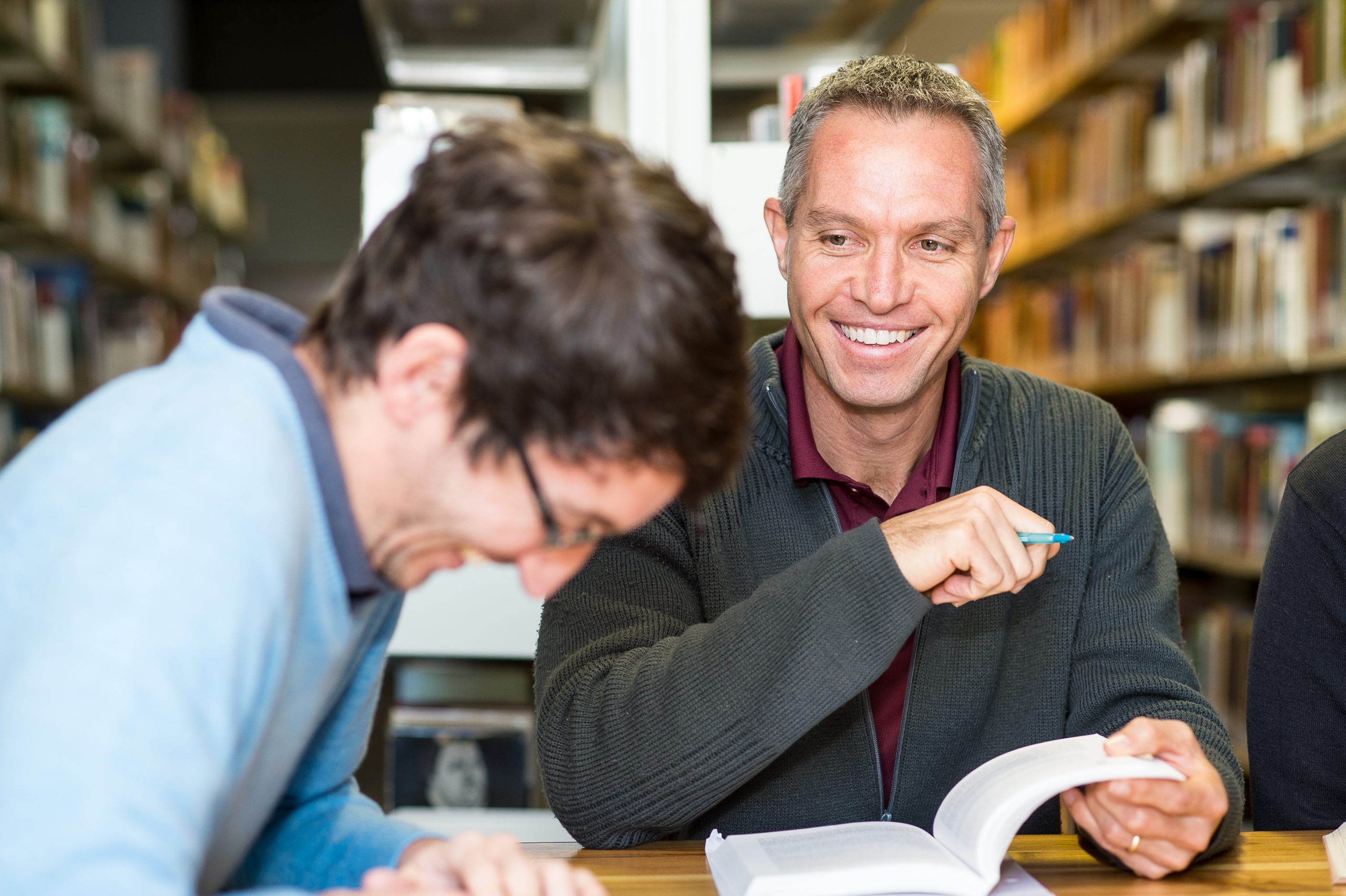At GWC, ‘the library’ is more than just a library. It is The Broughton Knox Resource Centre. What this signifies is that the college’s resource centre is not just a passive place, housing a collection of books. More and more it becomes an active part of learning at the college. This necessitates that the activities of the librarian will change in terms of guiding and being able to provide access to resources that are available digitally for users who will not have to be physically in the library. The resource centre is integral to learning right from GWC’s Higher Certificate level upward, with the only difference being that the more elevated the studies, the more specialist the materials need to be. In terms of being an international drawcard to postgraduate students the resource centre contains some surprisingly good primary resources that would draw students, but given the African context, seeing that Africans across the continent are going to be able to access any resources online via their mobile phones, it’s the growth of its online materials that will be crucial.
Teaching in Africa benefits from being resource centre-based. Different cultures approach learning from different perspectives. Some cultures love theory, teaching by abstraction through theory – and back from theory into practice. Other cultures, typically, do not learn like this. In Africa, we are more contextually-based, so teaching and learning go from practice to practice. Teaching in Africa is more group and discussion-based, leaning towards co-operative learning within a social context. Research shows that this is effective right up to PhD level. And, it is why tertiary education resource centres need to be interactive, online, modular spaces that can cater to a range of activities and groups of students. There is so much more to library activity than the hushed space with a notice wall that reads, “Please be quiet”.
